The aurora borealis (northern lights) is a natural light display, visible at nighttime in the upper northern hemisphere. When the conditions are right, the northern lights can be observed as blue, red, yellow, green and orange lights dancing across the dark sky.
“The aurora is one of timeliness and brightness,” explains Gladys Atrill, executive director of Tourism Smithers. “There is something compelling about northern lights. This activity in the sky that’s absolutely stunning, and most of us don’t really understand how it comes to be.”
The northern lights are influenced by solar wind, a flow of charged particles (protons and electrons) from the sun. When the wind approaches Earth, it interacts with the magnetosphere (a kind of bubble around the planet created by the magnetic field). Ions in the wind flow along the lines of the magnetic field colliding with oxygen and nitrogen atoms in Earth’s upper atmosphere and producing a spectacular display of light.
READ MORE: VIDEO: Vancouver Island studio captures stunning time-lapse of Northern Lights
“It’s one more reason to get outside,” Atrill says. While driving home from work, Atrill has on occasion pulled over just to get out to see the “magical performance.”
The northern lights are most visible when solar winds are at their strongest. According to scientists at the U.S. National Oceanic and Atmospheric Administration (NOAA), solar activity will likely increase throughout 2024.
One of the biggest astronomical predictors of northern lights visibility is sunspot activity. Sunspot activity follows a roughly 11-year cycle, which ranges from a period of minimal activity to a level of maximum activity back to minimal activity. The current cycle began in 2019 and sunspot activity is currently approximately double what scientists predicted it would be at this point in the cycle.
READ MORE: Alberta’s Dark Sky Preserves yield some spectacular views
This means it should be a very good aurora-viewing year in northwest B.C.
“Every time there is a really great northern light showing, one thing I have noticed is locals help locals, who help visitors, by posting photos and saying things online like ‘Last night at 11 o’clock, or yesterday at one in the morning, here’s what I saw,’” Atrill says.
Capturing the spectacle on camera
Posting images online can be a great way for aurora enthusiasts to connect, but capturing a crisp photo can be quite tricky.
“The first time you try to do it, it’s not going to be very good,” says Thomas Camus, owner of Camus Photography.
“We are living in a society where you want to do everything and you have the technology which is awesome, but you still have to do a bit of work to get to get a nice photo,” Camus says.
With practice and patience, you can eventually learn how to capture the aurora. Slowing your camera’s shutter speed and using a tripod is the best way to go.
“You can have some pretty cool effects just with your shutter,” Camus says.
One of the most challenging aspects of photographing the northern lights is capturing its dancing, wavelike effect.
“Put your focus on manual search on your lens, because you need to have a good big aperture that you want to be focused on the sky.”
Aurora viewing conditions are most favourable when there is low cloud coverage, which tends to occur when the sky is darker and the weather is colder.
In addition to sharing photos, there are many online resources available to stay informed of visibility conditions, including aurora trackers and aurora enthusiast Facebook groups.
Plan your adventures throughout the West Coast at westcoasttraveller.com and follow us on Facebook and Instagram @thewestcoasttraveller. And for the top West Coast Travel stories of the week delivered right to your inbox, sign up for our weekly Armchair Traveller newsletter!

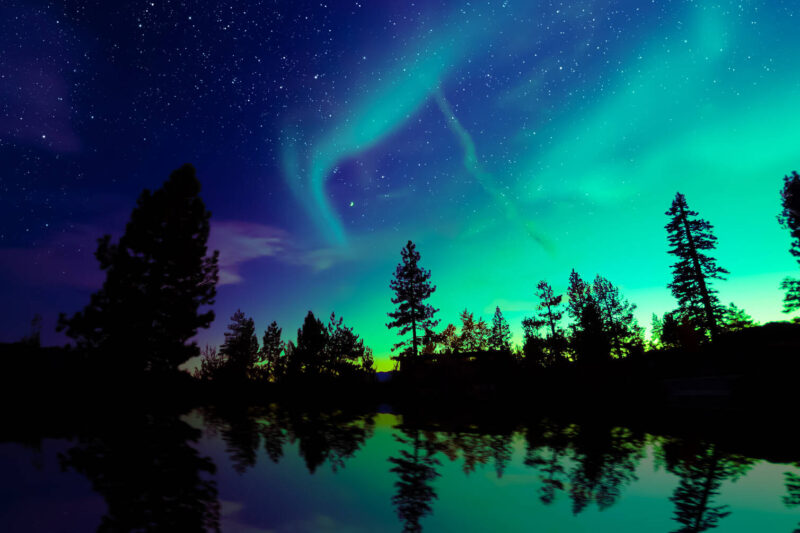
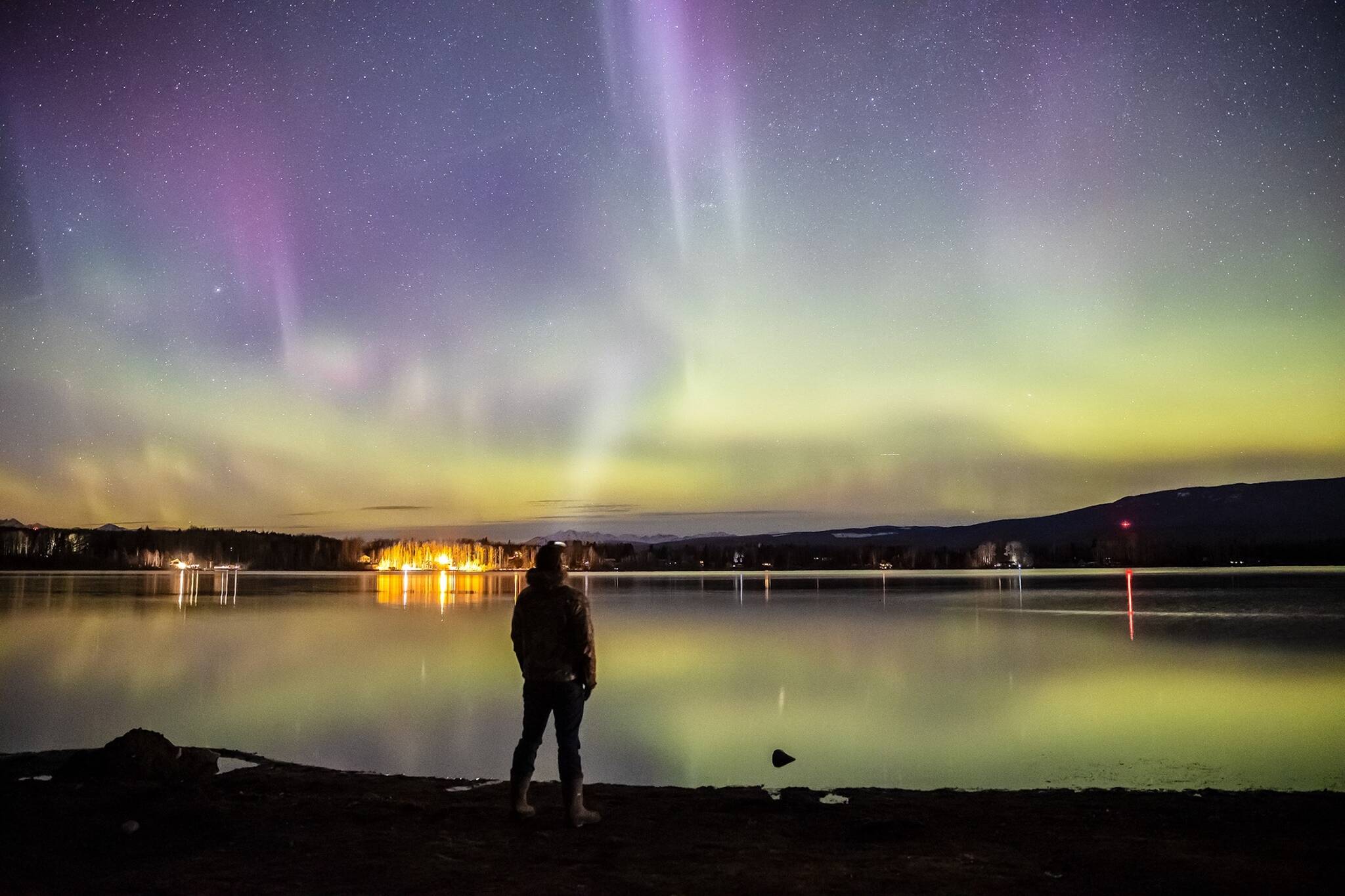
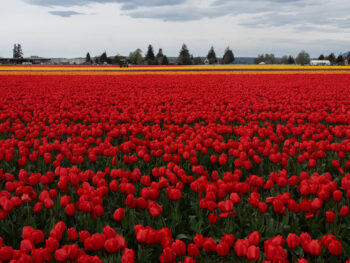

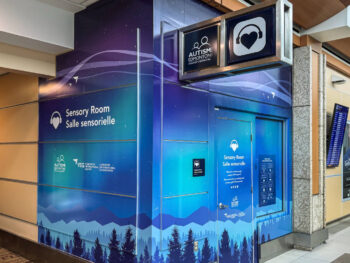
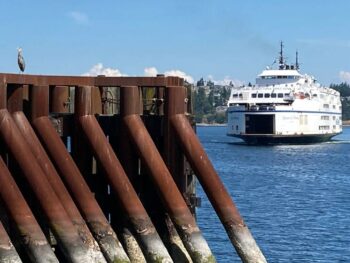
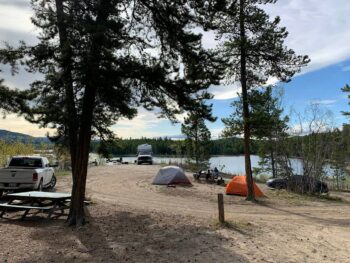
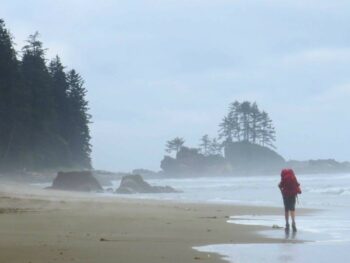
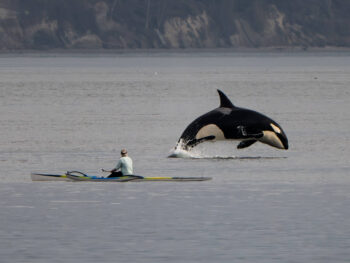
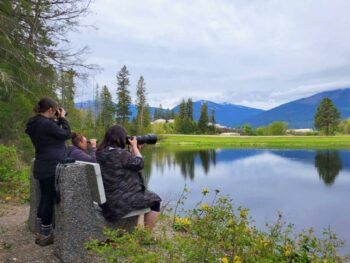
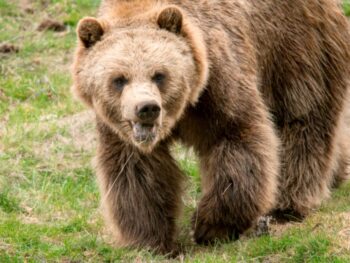
 Victoria Hot Chocolate Festival is 32 days of warm, velvety goodness
Victoria Hot Chocolate Festival is 32 days of warm, velvety goodness